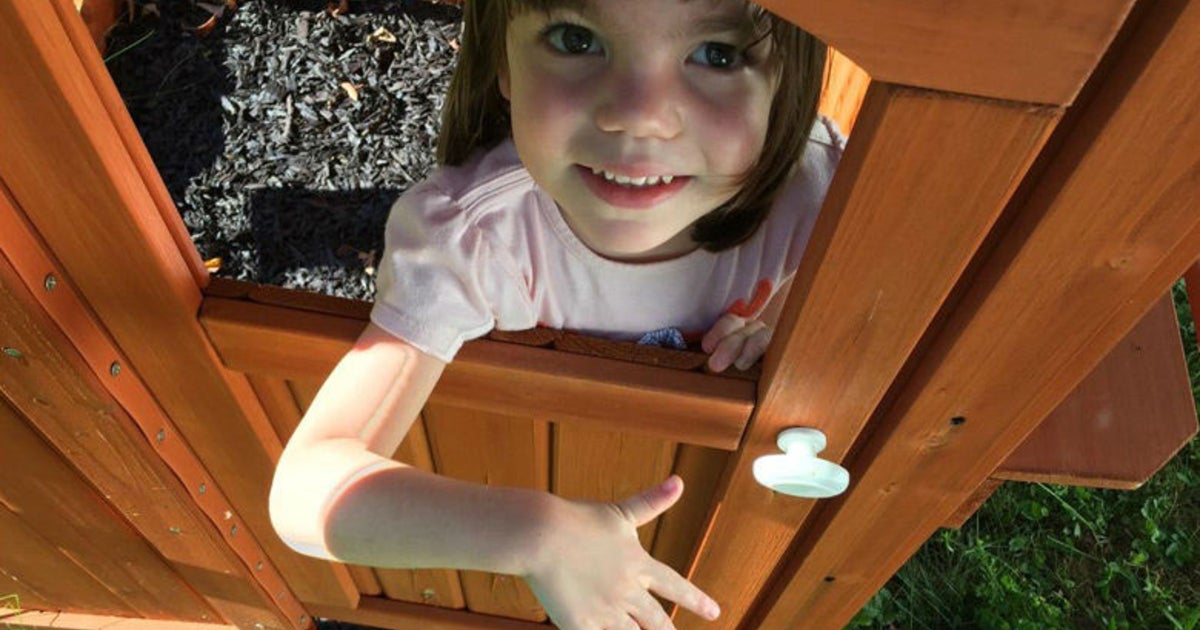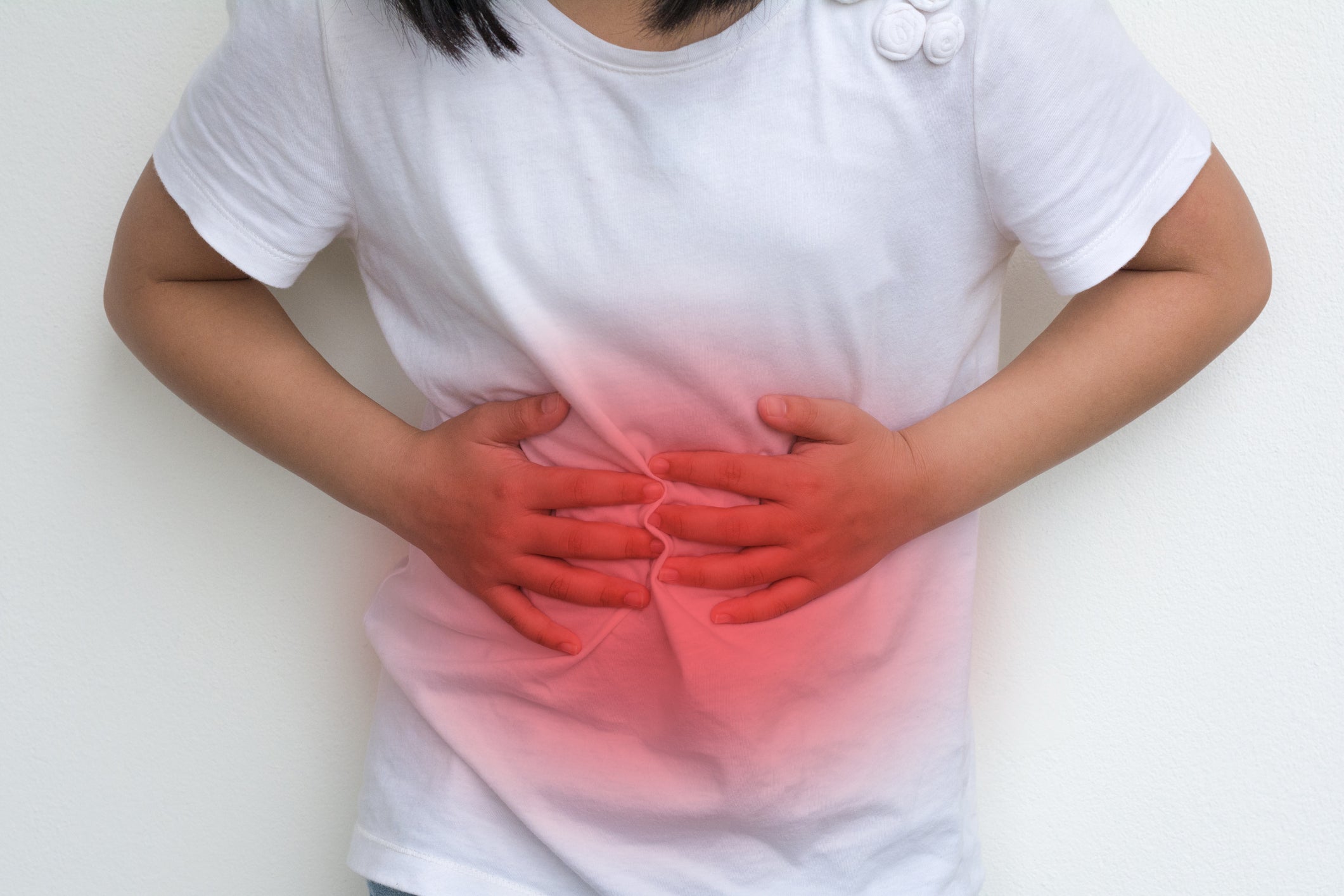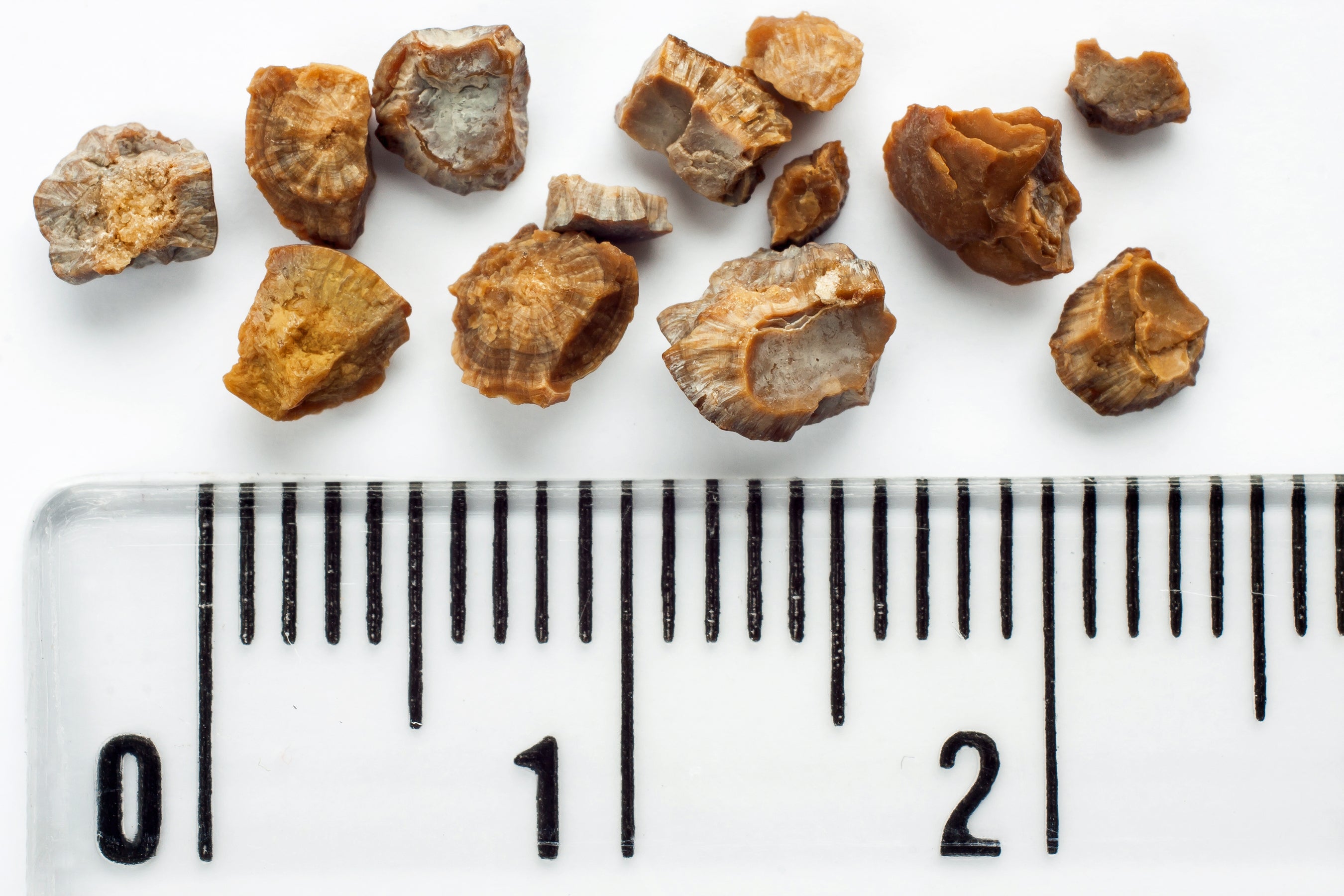More kids are getting kidney stones, and doctors don’t know why
A rise in kidney stones has been especially noticeable among adolescent girls, experts say
More children around the U.S. are getting kidney stones, a condition now wrongly associated with “white, middle-aged men”, experts say.
The stones are pebble-like clusters of minerals and salts that form inside the kidneys. They’re typically smaller or just larger than a peppercorn and can vary in color. Although the stones can cause sharp pain to the back, side, lower abdomen, or groin, small stones may not cause symptoms. While they rarely cause permanent damage if treated by a healthcare professional, they can raise a person’s risk of developing chronic kidney disease.
And, they’re pretty common, with cases on the rise across the board, according to the National Institute of Diabetes and Digestive and Kidney Diseases. The institute notes that men are more likely to develop the condition, in addition to those with a family history of developing the stones.
Alina Fee, a four-year-old girl in New Jersey, was one of them, although she never had any pain or classic signs of the stones. Doctors couldn’t tell how long they had been there, the Children’s Hospital of Philadelphia said in 2016, and she was scheduled for a minimally invasive surgical procedure to help break down her three large stones.
While about half of cases of pediatric kidney stones return within five years, Alina recovered and started to attend Saturday dance classes again.

“On Friday nights she’ll tell me she can’t wait to be a pink ballerina the next day,” Rob Fee, her father, told the hospital.
Although kidney stones should not be considered a disease that primarily affects “white, middle-aged” men anymore, Dr. Gregory Tasian, a pediatric urologist at the Children’s Hospital of Philadelphia, told The Independent in an email on Thursday. Tasian treated Fee.
“My clinical practice focuses entirely on children and adolescents with early-onset kidney stone disease. When I was in residency from 2005 to 2011, stones were rare in children. Now, treating children with stones is nearly all I do,” he wrote.
Kidney stones affect 11 percent of the U.S. population, according to Tasian. A multitude of studies have documented the long-standing and rising risk for children. In Tasian’s March 2016 study published in the Clinical Journal of the American Society of Nephrology, he found that the annual average incidence rose between 1997 and 2012, with the greatest increase among 15- to 19-year-olds. In 2012, research published in the Journal of Urology found incidence increased by 4 percent annually over 25 years. An earlier paper in The Journal of Pediatrics also saw a “significant increase” in children with kidney stones between 1996 and 2007.
Nearly a year ago, Dr. Kate Kraft, a pediatric urologist at the University of Michigan Health C.S. Mott Children’s Hospital, also reported seeing an increase.
“There’s been a 10 percent increase every year over the last decade or so. That certainly indicates an epidemiologic rise,” she said.
The most rapid increase has been among adolescents, particularly adolescent girls, Tasian said. He noted that more research is necessary to understand the causes of rising prevalence, as well as to support the clinical management of children with kidney stones, with treatments largely the same for children as adults: medications to prevent the stones from reoccurring and procedures that blast the stones into smaller pieces.
But, while this rising trend has been documented, Dr. David Sas, a pediatric nephrologist at the Mayo Clinic who has worked with Tasian, told The Independent that it’s “kind of gone under the radar.”
“We don’t know exactly why,” Sas said of the increase in adolescent girls.
“In order for adolescent females to have a different slope than adolescent males, to me, there are only two possibilities. One is that there is something related to pubertal hormones that increase in females that increases the risk for stones that we haven’t yet identified. Or, there’s something different about the diet of adolescent females compared to adolescent males,” he said.

Kidney stones are caused by high levels of the minerals calcium, oxalate, and phosphorus in urine. These minerals are normally found in urine and do not cause problems at low levels. However, dehydration and diet can cause build-ups. Some people may also develop stones due to their family’s genetic history, and rising temperatures could also play a role, with children more susceptible to dehydration.
Sas believes that the hormone hypothesis likely isn’t the cause of rising cases in adolescent girls, although he noted that they have been hitting puberty earlier over time. He believes it is possible that adolescent girls are eating more foods that are related to kidney stone formation.
“We do know that there’s a lot more access to high-sodium foods, which I believe is the number one culprit,” Sas said, noting that studies have shown Americans are getting more salt than ever. Sodium is used as a preservative in processed foods, as well as phosphorous. Unlike sodium, phosphorous is not required to be on food labels.
For all stone-formers, Sas explained, too much salt is a factor and not drinking enough water is another.
“A lot of kids don’t drink enough or they don’t want to drink water and water’s the best thing. If you keep your urine dilute, then it’s unlikely that you’re going to get kidney stones because those minerals will be better diluted out and unlikely to precipitate out of the urine and form stones,” Dr. John Wiener, a pediatric urologist at Duke Health, said.
Calcium, the most abundant mineral in the body, could also play a crucial role. The body needs calcium to build and maintain strong bones and to carry out many important functions.
Dr. David Goldfarb, a nephrologist at NYU Langone who specializes in the evaluation, management, and prevention of kidney stones, noted that people are eating less dairy, which means they’re getting less calcium.

“And, more calcium is associated with fewer kidney stones,” he said, “So, that’s likely part of it.”
Goldfarb says there is also reason to think that hotter temperatures are a contributing factor, and told The Independent that he has new data showing that hotter places in California have more kidney stones. Still, he noted, he can’t claim it’s a major factor or a portion of risk.
So, is the answer to decreasing kidney stone incidence, pediatric or otherwise, as simple as it might seem?
“The same things that are good to prevent obesity and to prevent heart disease and high blood pressure — those measures are pretty much going to help prevent kidney stones, as well,” Wiener said.
While the mitigations may “seem obvious,” Goldfarb asked: “But, how do you get people to drink more?” He noted that children might have more access to bathrooms than adults.
It may all come down to what’s for dinner.
“If I could snap my fingers and change something, it would be having people eating freshly prepared foods,” said Sas.
Join our commenting forum
Join thought-provoking conversations, follow other Independent readers and see their replies
Comments